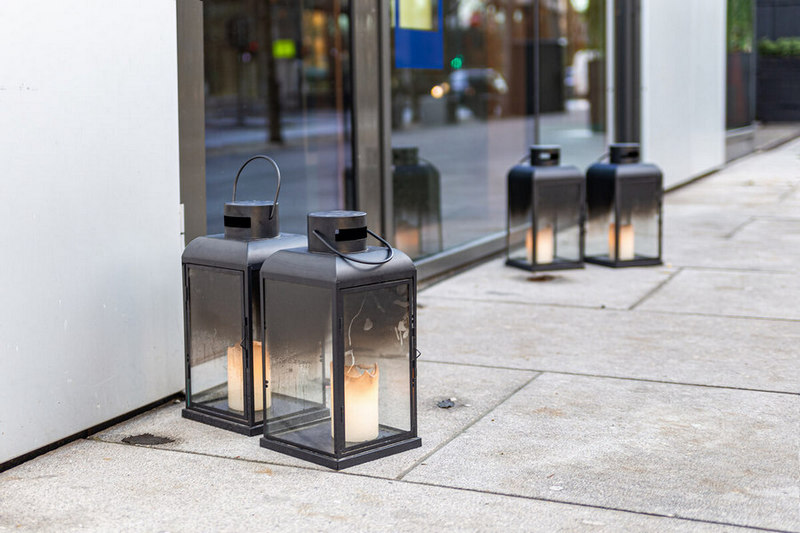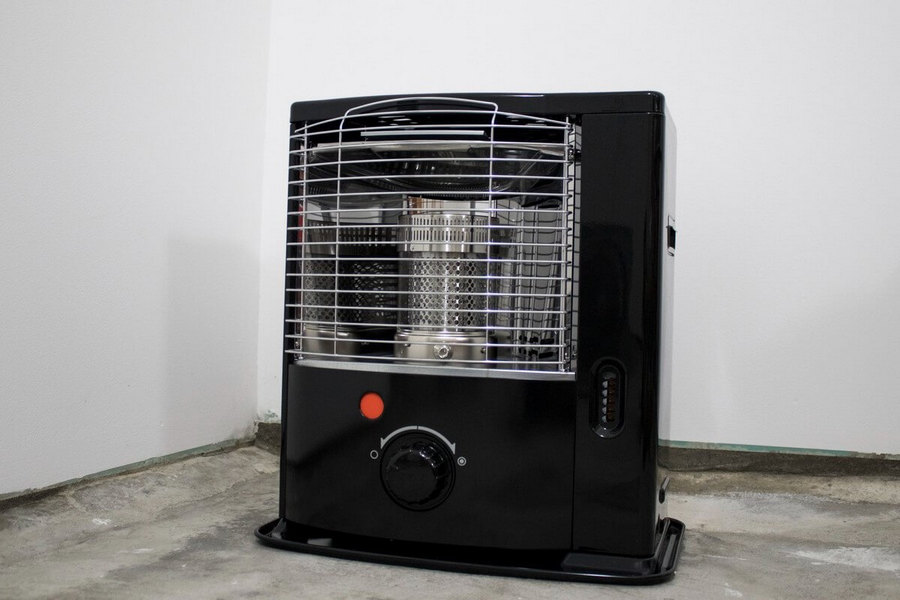Candles, especially scented ones, are excellent for setting a specific mood in your space – from a calm and relaxing vibe to something more energetic. They’re also a simple yet effective way to enhance your living area’s aesthetic, no matter the theme.
However, after burning a candle for quite some time, you might notice that the jar starts turning black, making it look dirty and unpleasant. Why does this happen? Moreover, is there any way to remedy this issue?
Discover the reasons a candle glass turns black, as well as helpful cleaning tips and more, in this detailed guide.
Why Do Candles Leave a Black Soot?
Before we discuss how to clean those black stains, let’s first talk about the reasons it turns black in the first place. So, why does it turn black?
In general, this is because of an imbalance in your candle’s combustion process, specifically concerning the chemical reaction between the carbon and oxygen present. This is what causes that black soot around your candle jar.
Many factors can cause this, including the following:
Flickering Flame
When your candle burns steadily, it means that the flame is burning the candle wax more evenly, and there’s a balanced chemical reaction. However, when the flame starts to flicker, this causes a change in the said chemical process.
This flickering with your candle’s flame also means you’re consuming more wax than necessary, which also affects how much oxygen is consumed. As a result, your candle releases a varying amount of carbon particles into the air, resulting in that black stain around your candle jar.
Wax Additives
Another potential reason your candle glass turns black is the presence of additives in your candle’s wax. Depending on what these additives are, these can alter how the flame burns your candle, often resulting in that black residue around the glass.
Wax Amount
As mentioned, oxygen is a crucial element in the burning process since it acts as the fuel that helps keep your candle burning. This also means having enough access to oxygen allows for a more even combustion process.
So, if your candle is now lower and has less wax due to constant burning, it means it has less access to the surrounding oxygen.
If your candle can’t access enough oxygen to burn, it results in an uneven distribution of carbon into the air, causing that black stain. That’s also what is usually behind the black smoke from your candle.
Wick Problems
Aside from candlewax, the candle’s wick can also potentially cause that black stain on your candle jar, specifically, your candle’s wick problems.
For example, if your wick size is too big or too small for your candle, this can tip the balance of your candle’s combustion process. This results in an uneven release of carbon. The same concept applies if you have a clogged wick due to the additives in the candle wax.
This is also true with using the wrong wick type. Using the wrong wick type doesn’t just cause that black soot around your candle glass; it can also increase the chances of producing black smoke.
Read Also: Can a Candle Heat a Room?
Is Black Soot from Candles Dangerous?
Now that you know the common causes, one question you might have is whether or not that black soot is dangerous. After all, many things can be harmful to a person’s health, even when they appear harmless.
So, is black soot from candles dangerous? The answer is yes; they can be hazardous for your health, especially if you inhale a large volume of the soot’s tiny particles. These small particles are carbon particles from an incomplete combustion process.
When black soot enters the human body, whether by inhaling or through your eyes and skin, it can cause various illnesses. These include asthma, allergies, coronary heart disease, and even cancer. Black soot is particularly dangerous for persons with respiratory issues or heart diseases, as well as the elderly and children.
What Kind of Candles Produce a Lot of Soot?
Some types of candles produce a larger volume of black soot than others, with paraffin wax candles being the most prominent. This is because paraffin wax is created using petroleum-based materials made from various fossil fuels.
These candles are the most readily available because paraffin wax is relatively easy to color and infuse scents into. It’s also less expensive than other “cleaner” alternatives, so manufacturers can produce more of them with fewer costs.
Plant-based candles like those made from soy, coconut, or beeswax burn cleaner than paraffin candles, but they also tend to be more expensive than paraffin. Still, if you want something that produces less soot, these plant-based alternatives can be your best option.
Just make sure you’re buying from a reputable brand with high-quality candles, such as this soy-based eucalyptus and chamomile candle from Benevolence LA. This jasmine and sandalwood option from Home Lights can also be an excellent choice.
How to Keep a Candle Jar from Turning Black?
So, how do you keep your candle jar clean and free from that black soot buildup? Here are some helpful tips you can follow:
Put it somewhere with enough ventilation
Again, oxygen is essential because it fuels the burning process, and enough oxygen is needed to avoid an imbalanced chemical reaction.
So, putting your candle in a well-ventilated area means it has access to enough oxygen to keep a steady flame and prevent black soot production.
Always keep your candle’s jar clean
Another way to keep your candle jar from turning black is by always keeping it clean. This means covering your candle when you’re not using it to prevent dirt and debris from accumulating on your candle wax.
After all, they can affect the burning process and produce more soot than necessary. You can also wipe the jar if you notice any dirt. However, make sure to do so when the candle is already dry to avoid further contaminating the wax.
Maintain your candle’s wick
Your candle’s wick determines how well the flame burns the wax around it, so make sure it’s well-maintained at all times. This means regularly trimming it so that it’s only around ¼ inches from the wax.
Doing so ensures the flame burns the wax more evenly. Trimming also prevents “mushrooming,” wherein black ball forms on the top of the wick. Aside from that, you should also make sure that it’s well-positioned in the center for a more even burning.
Read Also: The Difference Between a Candle Warmer vs Burning a Candle
How to Remove the Black Soot from a Candle Jar?
What about when black soot has already accumulated on your candle jar? Is there any way to clean that black residue buildup?
The good news is that removing black soot from a candle jar is relatively easy. You can use different solutions to remove those black stains from the glass. Most of them are easy enough to find around the house, such as:
- Vinegar diluted with some water
- Soapy water
- Rubbing alcohol
You only need to soak a small piece of cloth, a rag, a paper towel, or some cotton pads with one of these. Then, you can wipe the black soot stains from your candle’s glass jar.
Takeaway
Black stains around your glass jar can be unappealing, but they can also pose some risks to your health if you don’t address its cause.
There are many reasons a candle glass turns black – from wick issues to not enough access to oxygen. In this case, identifying the exact cause can help you prevent it from happening.
Choosing high-quality plant-based candles can also be an excellent way to reduce the chances of black soot buildup on your jar. This is because they burn more cleanly than traditional paraffin candles.
With that said, hopefully, this article has helped you discover why candle jars turn black, as well as how to prevent and clean black soot.







